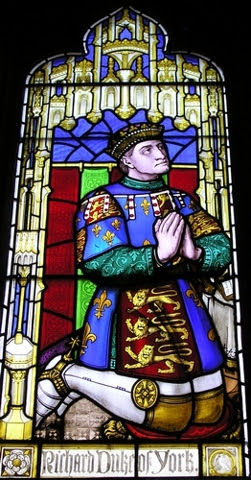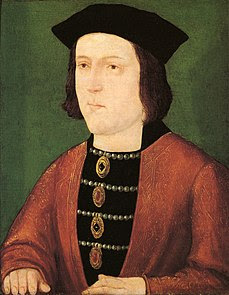I’m so pleased to welcome my friend Kathryn Warner for her new biography of Edward II. I’ve been looking forward to a book like this for years, and what better person than Kathryn to write it?
Kathryn and I first met online a number of years ago, when I published my first novel, The Traitor’s Wife, about Eleanor de Clare, Edward II’s favorite niece and the wife of his favorite, Hugh le Despenser the younger. Given that, what better topic for this guest post than Edward II and the Despenser family? Over to Kathryn:
King Edward II of England (reigned 1307 to 1327) is famous, or infamous, for his reliance on male ‘favourites’, the best known of whom is Piers Gaveston, whom Edward made earl of Cornwall and who was beheaded by a group of the king’s aggrieved barons in June 1312. The last of the favourites, Hugh Despenser the Younger, is not nearly so well-known, even though he was far more politically powerful than Piers Gaveston and helped bring about the king’s downfall and his own in 1326/27. Rather curiously, Edward II also had some kind of intense relationship near the end of his reign with Hugh Despenser’s wife – who happened to be his own niece, Eleanor de Clare.
Hugh Despenser the Younger was born sometime in the late 1280s as the elder son of Hugh Despenser the Elder, stepson of the earl of Norfolk and later earl of Winchester (1261-1326) and Isabel Beauchamp (1260s-1306), daughter and sister of earls of Warwick and first cousin of the earl of Ulster. Hugh the Younger made a splendid marriage in May 1306 when Edward I arranged and attended his wedding to his eldest granddaughter Eleanor de Clare, thirteen-year-old daughter of the earl of Gloucester and Edward I’s second daughter Joan of Acre. Hugh and Eleanor’s relationship seems to have been successful, as they had at least ten children together in their twenty-year marriage: Hugh, Edward, Gilbert, John, Isabel, Joan, Eleanor, Margaret, Elizabeth and an unnamed boy who died young in 1321.








.jpg)


